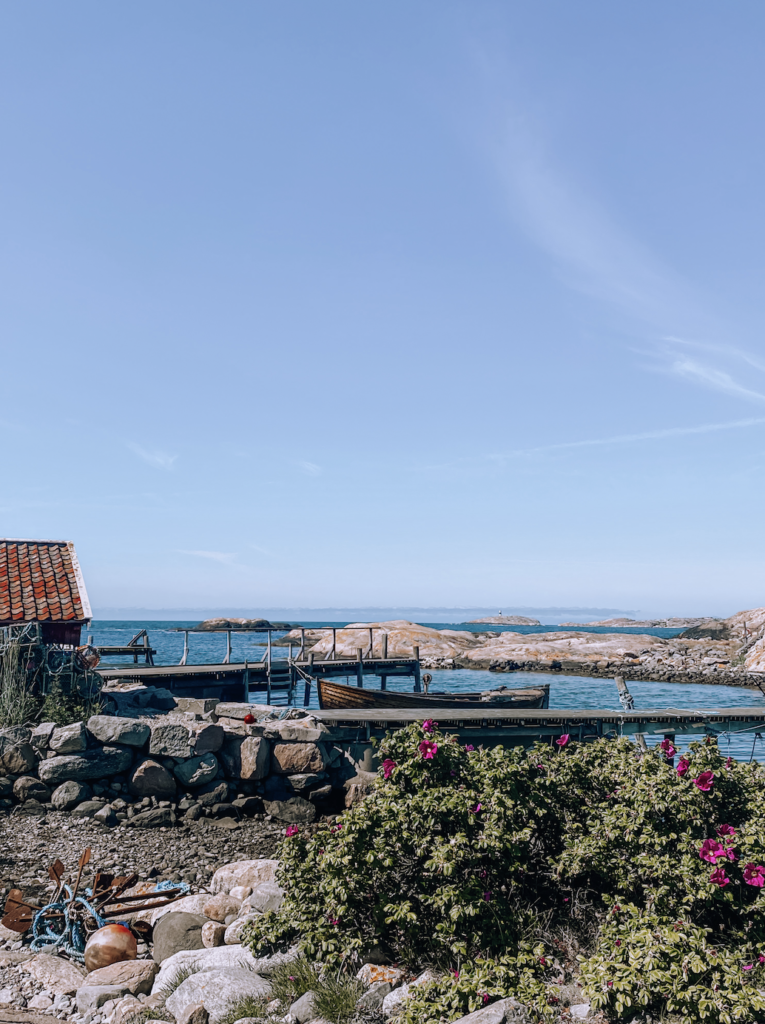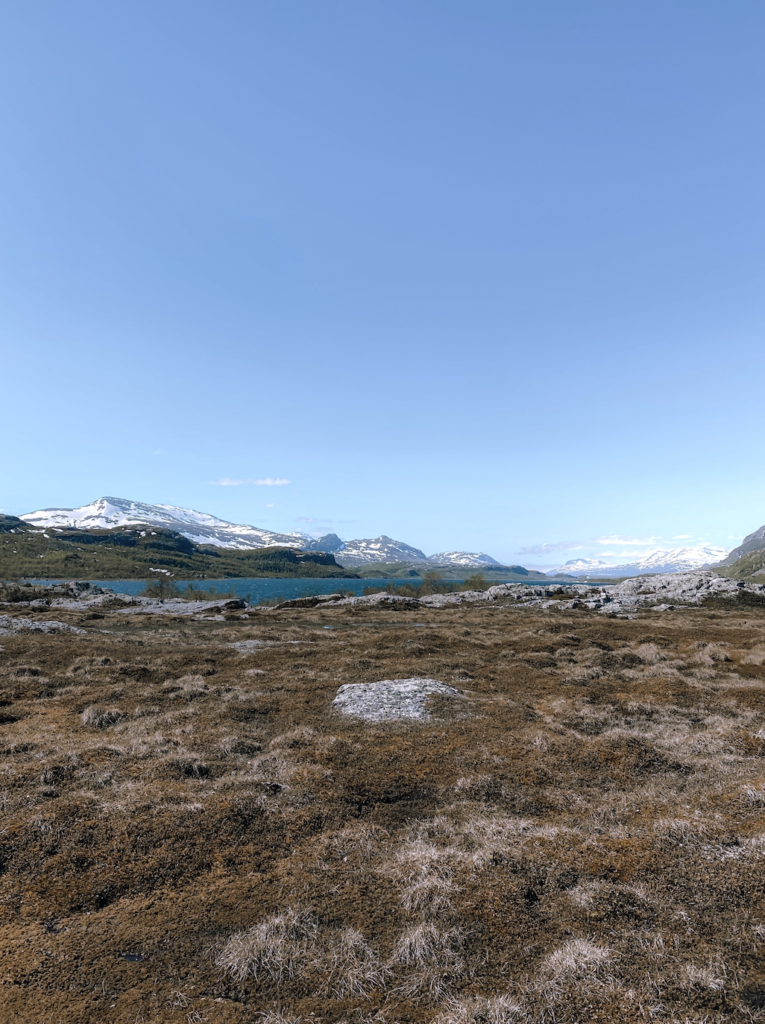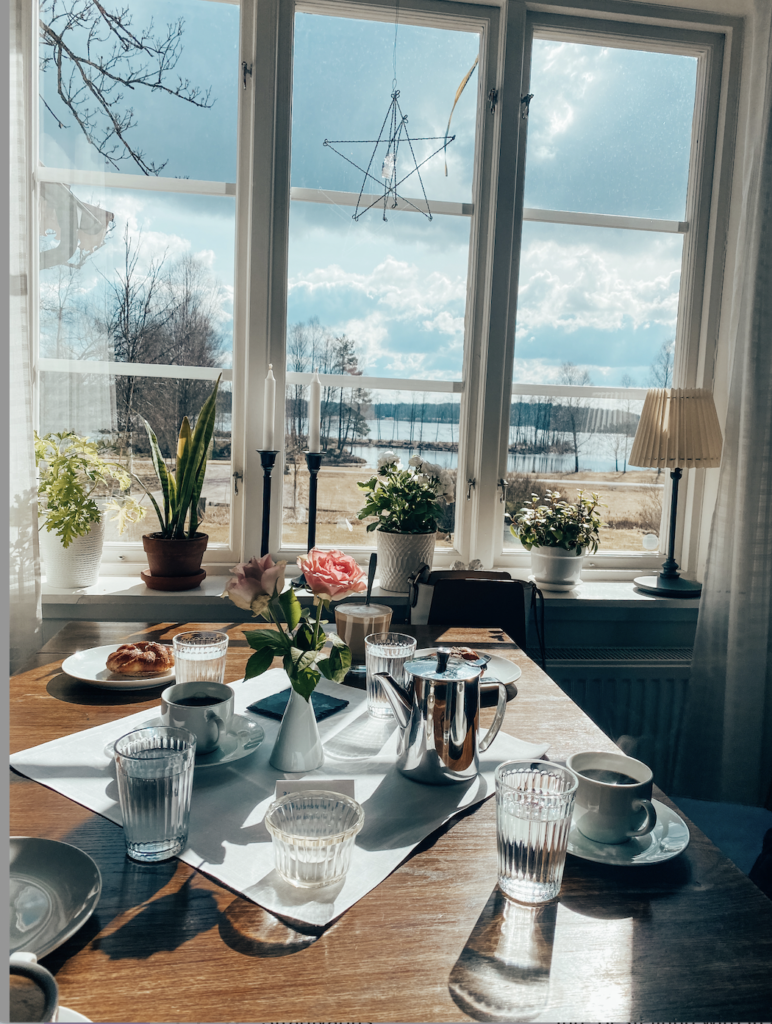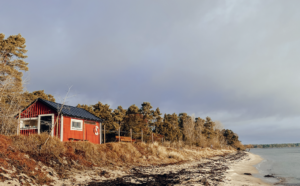
Endless wilderness, forest as far as the eye can see, rough coast lines, delicious cinnamon rolls and picturesque red houses next to the street – Sweden can be described in multiple ways. In the end, it is the mixture of the outstanding nature, the laid-back atmosphere and the Scandinavian lifestyle which makes the country a must-do on any traveller´s list. With a length of around 1800 kilometers from North to South, it is nearly impossible to see all of the country in just one trip. With that many things to do and places to see it takes months to discover the whole beauty of Sweden and even then, you would still miss out a few parts. Especially due to the many spots in the South and the big national parks in the North. Many travellers therefore decide on either visiting Southern Sweden or Northern Sweden and plan a route around in one of the two parts.
But: Southern Sweden vs. Northern Sweden, what is the better choice for you and what should you know about both areas?
This guide is all about an honest insight and comparison of both parts of the country based on which you can create a fitting route through Sweden.
Please note, that some points are based on a personal experience or perception and you might be proved otherwise. This is simply serving as an insight which should give you a better picture of what to expect of Southern Sweden vs. Northern Sweden.

Introducing Southern Sweden
Let´s start with a short introduction of both country parts. Southern Sweden borders Norway, the Baltic Sea and the Kattegat. Skåne, Halland, Blekinge, Småland, Östergötland, Västergotland, Öland, Dalsland, Bohuslän and Gotland are counted towards Götaland or Southern Sweden.
It is known for its green fields, the stunning coast lines with the beaches and endless forests. It is home to exciting cities such as Gothenburg or Malmö and Småland, where Astrid Lindgren lived. Southern Sweden is exactly what you imagine the country to be – full of life, nature and the peaceful villages with the red houses.
With the coastline and the multiple beaches, it is the perfect destination during the summer months to enjoy the typical Scandinavian summer.
Some of the best places to visit is the West Coast, the city of Lund or Öland in the East – all giving you a completely different experience and insight into what the South of Sweden is like.
For travellers, it is mainly characterized by the great variety of attractions and things to do. You could spend months exploring Southern Sweden and still, there would be quite a lot left.
Click here to see the most beautiful places on Sweden´s West Coast.

Introducing Nothern Sweden
Northern Sweden could not be more different to the South. The landscape is rougher and partly even meagre. During the winter months, you will find an absolute winter paradise. During the summer months, the region is perfect for hiking or other outdoor sports. With only very few villages, Northern Sweden is a quiet and sometimes even lonely place. This does not surprise as most of the Swedes live down in the South. Apart from Kiruna, one of the biggest areas in Swedish Lapland, you will not see much civilization – for some the absolute dream, for others “too boring”.
During the summer months, the sun never sets in Northern Sweden. The midnight sun is by far one of the most spectacular natural highlights you can experience up there. If you want to go on hikes at midnight and see the sunrise and the sunset at the same time, this is the right place to do so. Even though it can mess up your sleeping rhythm quite a lot, it is all worth it and gives you an even deeper experience with the country’s nature. I mean who normally goes on hikes in the daylight at midnight? An experience, right?
The North of Sweden offers you many beautiful national parks and outdoor sports opportunities. You can go for multi-day hikes, go skiing or biking or simply spend time in the seemingly untouched nature. Plus, if you are a fan of wildlife, you will definitely love Northern Sweden. The chances of random reindeers or elks crossing the road just in front of you are quite high.
When to travel Southern Sweden
The right choice between Southern vs. Northern Sweden might depend on what you are looking for or rather what kind of traveller you are. Or rather what kind of experience you are looking for during your time in Sweden. Surely, both parts of the country can give you an outstanding and memorable time and yet it could not be more different. Therefore, it is essential to define what kind of time Southern Sweden vs. North Sweden can give you.

Southern Sweden is your right choice, if you are:
- a beach lover
- a city lover
- amazed by the cute atmosphere in small Swedish villages
- in love with Swedish fika and cute coffee places
- keen to swim in the lakes
If that list sounds exactly like you, your decision between Southern Sweden vs. Northern Sweden should be the South. Why? Because the South will give you all the diversity you’re looking for. You will get the chance to see the stunning beaches at the West coast, explore the cities and have a fika at nearly every corner. Because one cute café is followed by the other. During the summer time, the South is full of Swedes enjoying life. You can go for swims in the (still very cold) lakes, dance at Midsummer or witness the blossom next to the street.
Compared to Northern Sweden, the South gives you a wider variety of things to do and places to see. This allows you to experience multiple perspectives and get a little bit of everything – the nature, the cities and the culture.
When to travel Northern Sweden
If you love to hike and be all by yourself, Northern Sweden is made just for you. And if you cannot get enough of nature and being in the wild outdoors, you will love the national parks in the Swedish Lapland. You adore hiking for multiple days and be without service in the wilderness? – This is the right destination.
During the winter months, you can basically get the same experience just with a different landscape. Its not hiking anymore but rather winter sports or simply spending time in a cabin out in nowhere.
Northern Sweden really is for those travellers who love to be off the beaten track and enjoy being in the wilderness. Did you know that Swedish Lapland is, after Russia, the largest area of wild nature in Europe? And you will for sure quickly notice that as soon as you arrive.

Northern Sweden is your right choice, if you are…
- a hiker
- an adventurous person
- a wildlife lover
- a hunter or fisherman
Does this sound like you? If yes, you should probably go for the North of Sweden. You will love the vast nature and the wilderness that Northern Sweden has to offer. Compared to the South, it mainly focuses on outdoor activities and adventures, such as hiking. Therefore, Northern Sweden is made for all kind of outdoor lovers. Especially if you are looking for the ultimate adventure from spending time in nature for multiple days to seeing exclusive wildlife, Northern Sweden is the right choice for your trip.
It can best be explored with a car or camper van which allows you to reach all the hiking spots and camp next to the road.
Please note, that the following is a PERSONAL experience/ opinion:
For me, the North of Sweden was meagre and sometimes even died-out. Compared to the South, the landscape is less lively, less green and less diverse. It was rather disappointing not to see the typical red houses next to the street all the time and not to experience the lively atmosphere in the villages.
Also, it felt as if you are certainly limited in your things to do in the North of Sweden if you are NOT planning on hiking for multiple days. Most of the stunning national park only offer limited options for day hikes and some of the best spots can only be reached by hiking for a few days. Of course, there are a few routes which only take some hours, but it does not show you the whole beauty of what the Swedish Lapland actually is about. The North is mainly (or rather) only characterized by the lapland as in between, you won’t find much to see or do. The whole route along the coast up to the North is more or less “dead” with not many beautiful stops.
Surely, it was impressive to see the midnight sun and to see the wildlife in lapland and the nature was also incredible. But to really get most of Northern Sweden, you should be a passionate multi-day hiker and be equipped in the right way. If that isn’t you, you might not see the real beauty of Sweden´s North.
Southern Sweden vs. Northern Sweden – the better choice
Let´s sum it up. It is clear, that both Southern and Northern Sweden have their own characteristics which make it an absolute must-do on any trip through Europe. Sweden as a country is an absolute gem in Scandinavia and should be high on any traveller´s bucketlist. But if it comes to deciding which part to visit during your trip, a personal recommendation is Southern Sweden.
The region stands for what Sweden really is about – the red houses, the green fields and forests, the wildlife and the coastline. You will be meeting more locals and get more chances to experience the Swedish culture – from having a fika to dancing at Midsommar or simply walk through the busier streets of the cities.
Therefore: go explore Southern Sweden – get lost in the forests in the center of the country, stroll through the streets of Gothenburg, Lund or Stockholm, relax on the beaches and watch the sunsets on the West coast. And most important: fall more and more in love with every little detail Southern Sweden offers you.
And if you have more time or come back a second time, make sure to put Northern Sweden on your list to compare both parts yourself. Which one did you prefer in the end?


